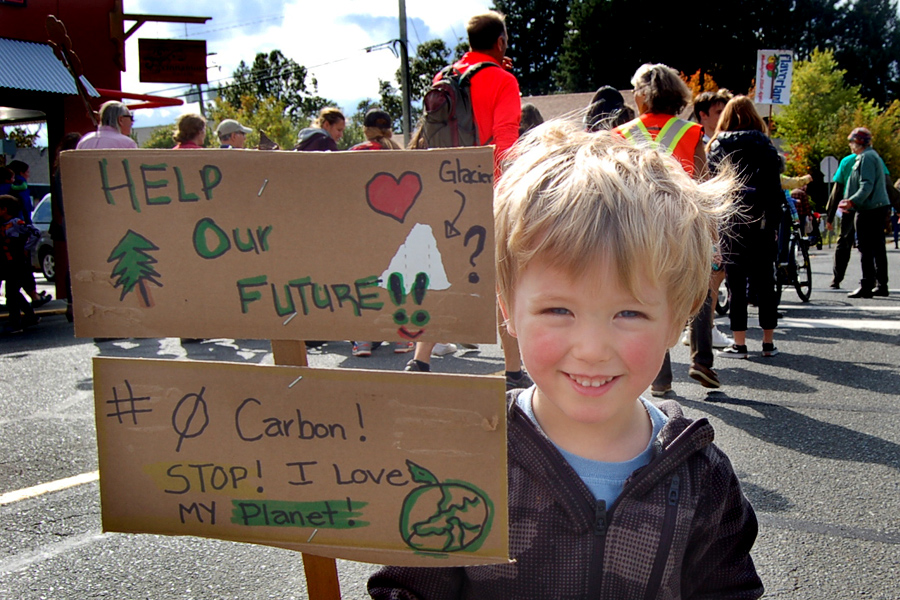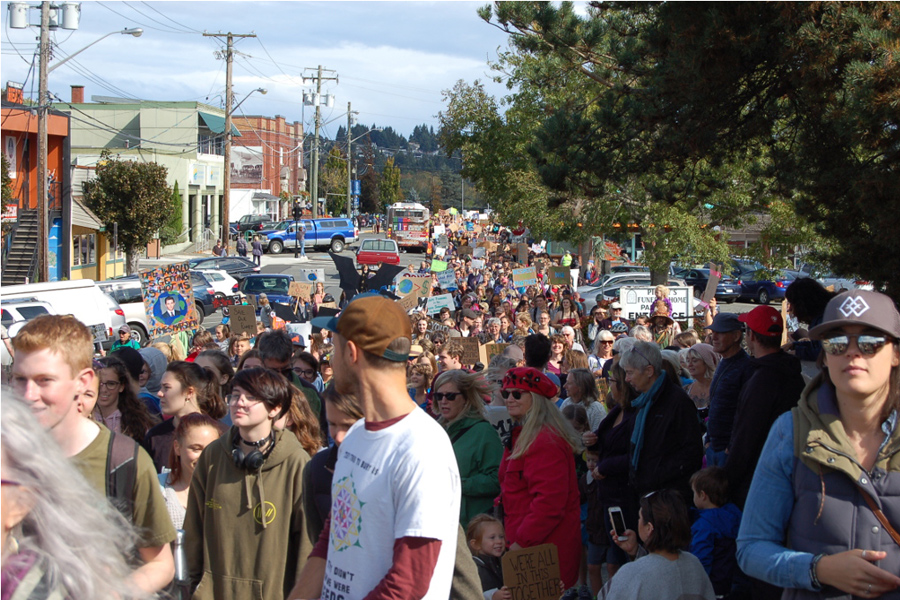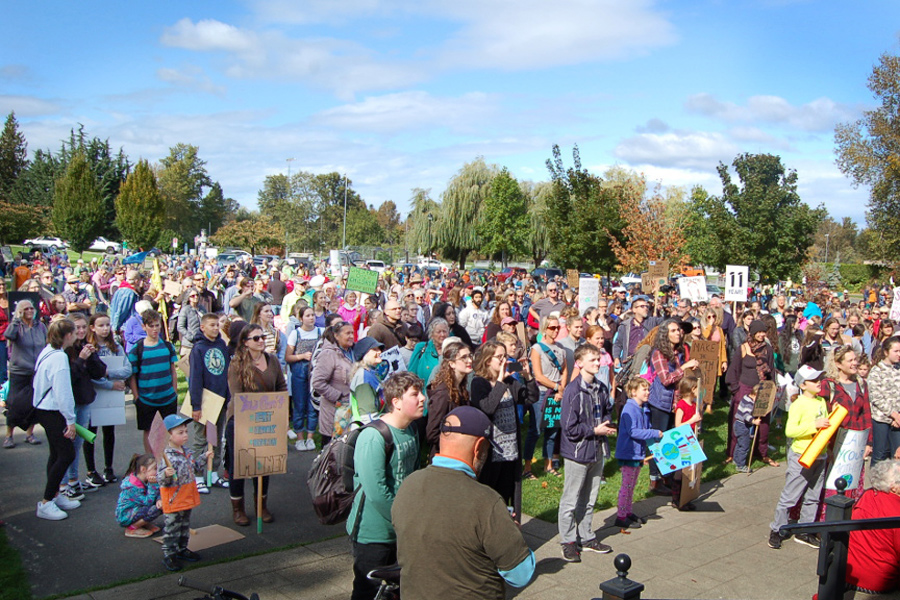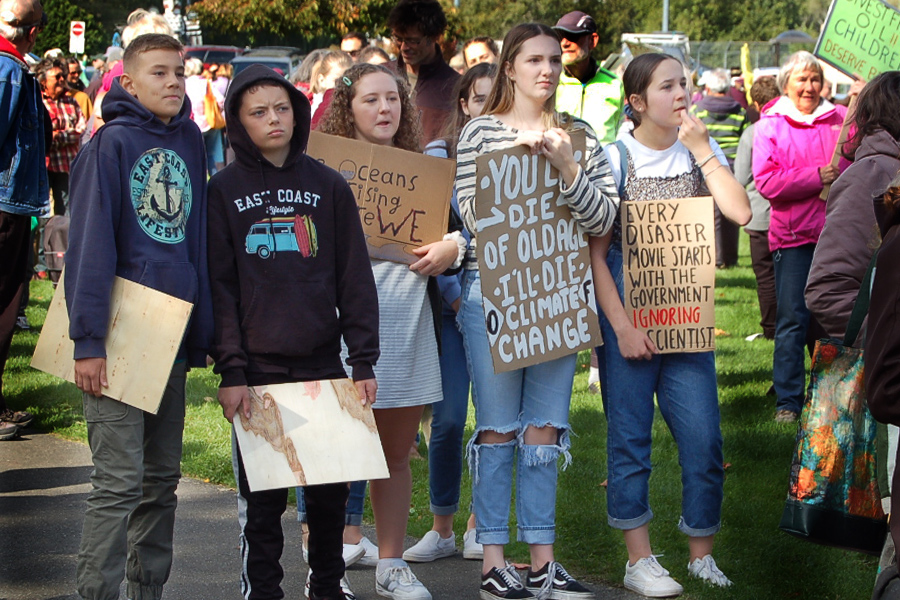Why should voters be wary of the CVRD and the Sewer Commission’s proposals on sewerage infrastructure projects? Because there's a history of bad decisions. How do we know they were bad? In some cases, because citizens have sued the regional district over the effect of...

New Courtenay-Comox sewage master plan process to restart after virus lockdown delays
Three short-listed options for new conveyance routes for the Courtenay-Comox sewage system will go to public meetings later this summer
New Courtenay-Comox sewage master plan process to restart after virus lockdown delays
More than a year ago, the Comox-Courtenay Sewer Commission launched a major initiative to develop a new master plan for conveying sewage to the Brent Road treatment plant, as well as envisioning future demand for advanced levels of treatment and the ability to reuse the wastewater and other resources.
The new plan — officially termed a Liquid Waste Management Plan — was designed to address the immediate issue of preventing the failure of the large sewer pipes that run along the beach below the Willemar Bluffs, by moving the entire conveyance system onto an overland route.
Kris La Rose, the Comox Valley Regional District’s senior manager of water and wastewater services, who is leading the project, his staff and a joint Public and Technical Advisory Committee spent more than six months discussing how best to reconfigure the system. At its March 22, 2019 meeting, the committees settled on a recommended short-list of three options, which were then the basis of consultations with the K’omoks First Nation.
It was expected these options, among other recommendations in the new LWMP, would be finalized this summer. But this spring’s COVID-19 virus security measures prevented public consultations planned for May and June.
With the loosening of provincial lockdown requirements, La Rose will seek commission approval next month to resume public consultations during a six-week period starting in August.
And that will push the regional district staff’s final recommendations on conveyance routes and treatment levels to the Courtenay-Comox Sewage Commission into November.
A BACKGROUND REFRESHER
Back in 2014, the sewage commission surprised the public with the now-discarded plan to prevent failure of the Willemar Bluff beach pipe by building a new pump station on Beech Street in the Croteau Beach area, located in Area B, not the Town of Comox.
Croteau Beach residents raised concerns about negative impacts on their groundwater wells and the propriety of forcing sewerage infrastructure on a neighbourhood that neither benefits from it or has a legislative voice on its governance. There was no public input prior to the plan’s announcement.
They also presented an independent financial analysis that showed the regional district had less expensive options.
As planning proceeded, and La Rose was appointed to a new position with authority over the project, it was discovered that the regional district’s original cost estimates were low by at least half and that other red flags had emerged.
La Rose recommended abandoning the original plan for a highly consultative process to develop a long-term plan that would consider a broader range of issues and visions.
The provincial LWMP process recommended by La Rose included forming Technical and Public advisory committees (TAC and PAC), who would also meet jointly and make recommendations with a single voice.
WHAT ARE THE OPTIONS?
The joint TAC-PAC recommendations are for three options.
First, a system to pump sewage directly from the Courtenay No. 1 pump station on Dyke Road over Comox Road hill, through Comox and along Lazo Road to the Brent Road treatment plant.
Second, the advisory committee collapsed three variations of conveying wastewater to the treatment plant via tunnels into one option. In one variation, the sewer pipe would tunnel through Lazo Road hill. In another, it would tunnel through both Comox Road hill and Lazo Road hill. And using a gravity tunnel from Comox to the treatment plant will also be considered. While tunnelling is considered one option, all three tunnelling variations will be studied separately.
Third on the shortlist is to consider the three variations of the tunnelling option but as implemented into two phases.
Earlier this year, the sewage commission unanimously approved the recommendations of its Technical and Public advisory committee.
La Rose says the TAC and PAC committees also recommended three options for treatment levels at the Brent Road treatment plant. They include continuing with secondary treatment, adding filtration for all but peak wet weather flows or filtration for all flows. All three options would include disinfection in the form of UV light.
This article was updated on June 15 to correct the three conveyance route shortlist options.
SUBSCRIBE TO OUR NEWSLETTER
6 reasons why you shouldn’t trust the CVRD on sewerage
5 reasons why you should care about sewerage
Your enjoyment of our waterfront One of the joys of living in the Comox Valley often touted in tourism promotions is the pleasure of swimming off beaches around Baynes Sound, including Comox Bay, off the end of Goose Spit, or from the beach at Point Holmes. Besides...
Is the CVRD poised to make another sewerage mistake?
In its current rush to patch its sewerage system, the Comox Valley Regional District has stumbled toward yet another unwise decision that could negatively impact our community’s coastlines. It’s not well known, but a 55-year-old sewer pipe runs beneath Comox Bay, to...
When city councils listen, good things can happen
The story of a Vancouver Island municipal infrastructure project, delayed for over a decade, appears headed for a happy ending. In the 1990s, the City of Campbell River planned to upgrade and replace a key sewer force-main pipe that serves the southern portion of the...
Exposing the misleading spin on the Comox pump station
Comox resident George Le Masurier has responded to a post on the Comox Valley Regional District website. The CVRD post attempts to discredit Le Masurier's recent op-ed article in the Times-Colonist. The CVRD has posted on their website a response to my op-ed article...
Victoria isn’t the only battleground on sewage
By George Le Masurier -- While the Capital Regional District slowly moves toward consensus on where to locate one or more sewage treatment plants, another wastewater infrastructure battle is just beginning further up Vancouver Island. In the Comox Valley, strong...













 Comox shellfish contaminated
Comox shellfish contaminated